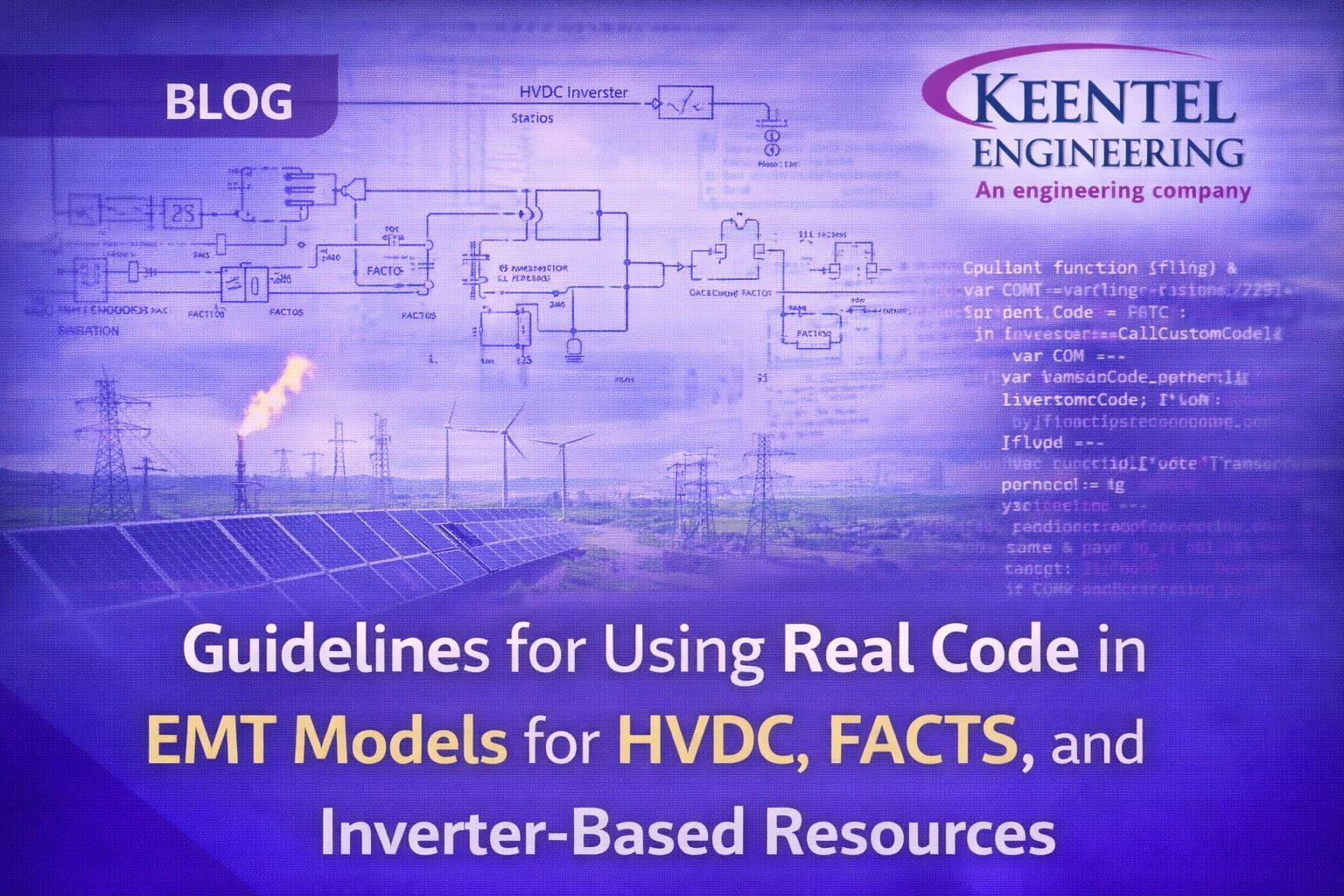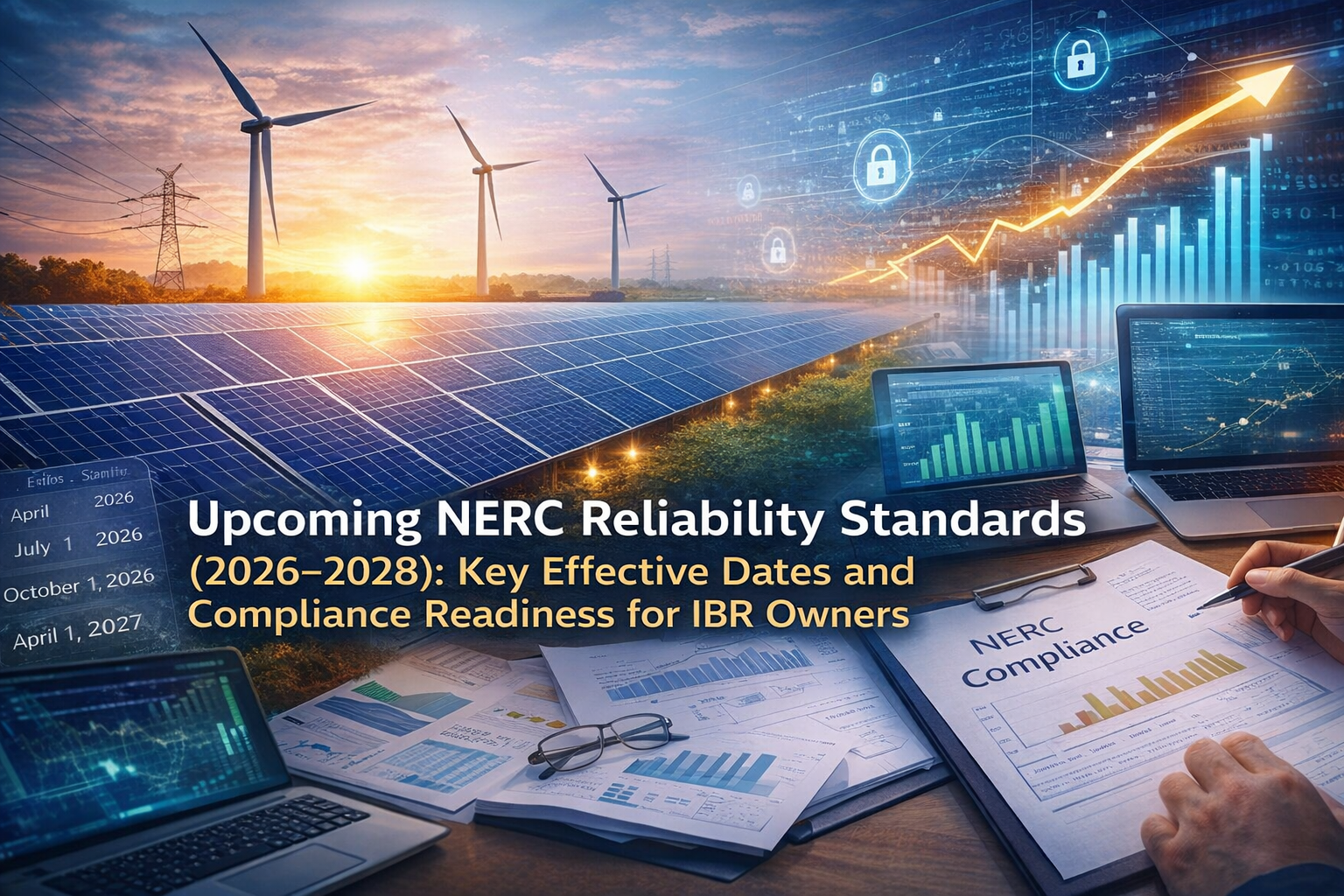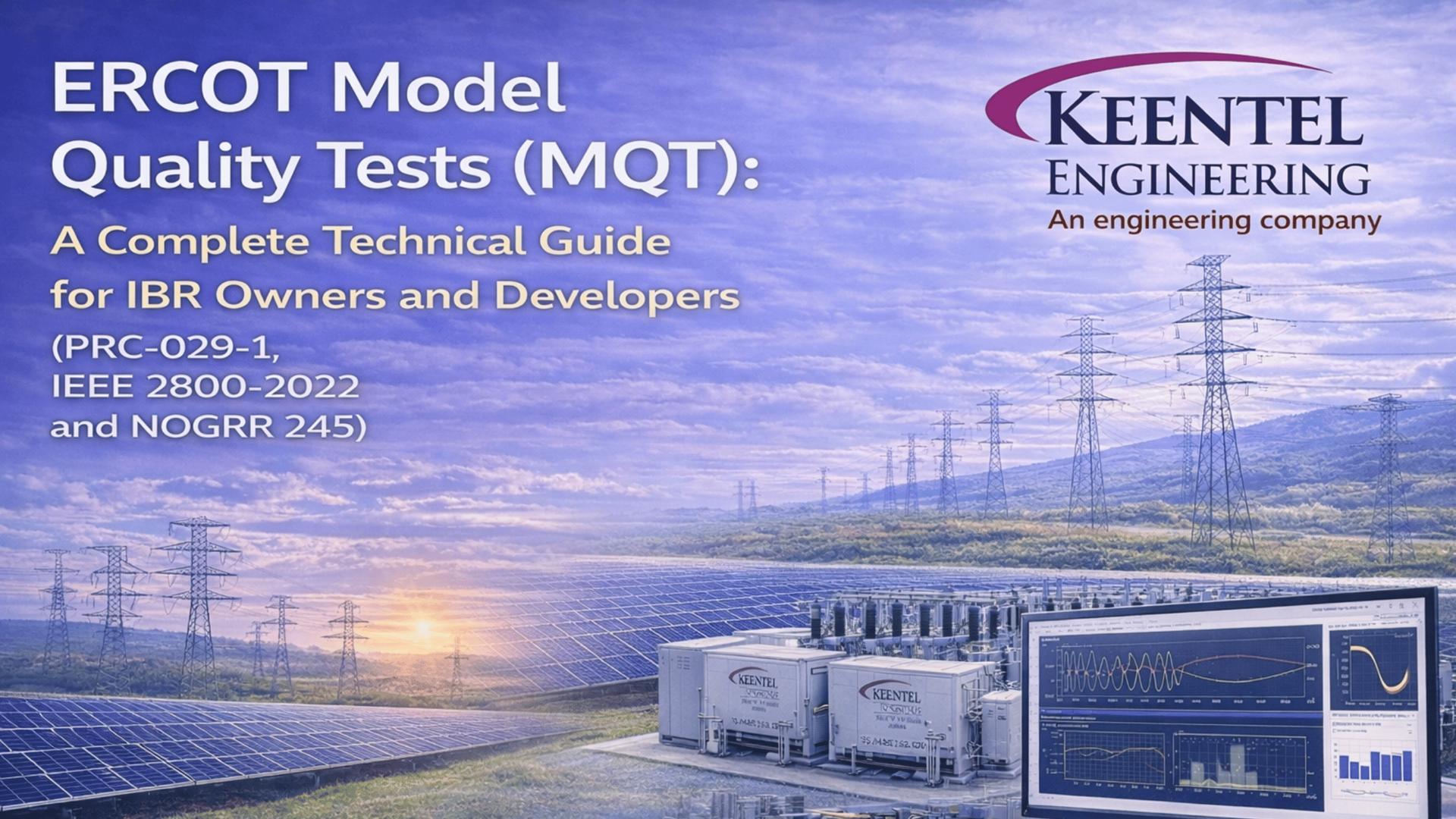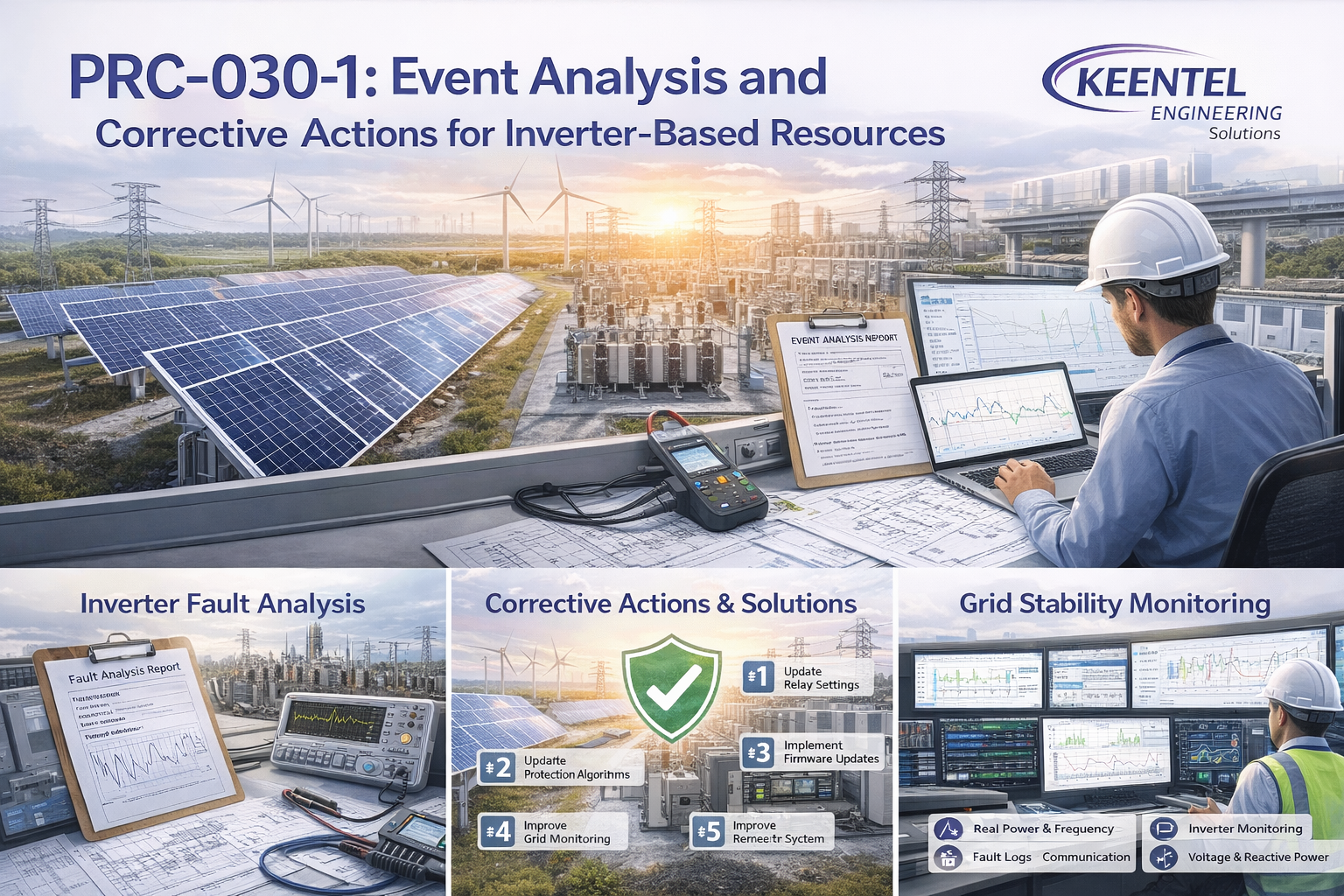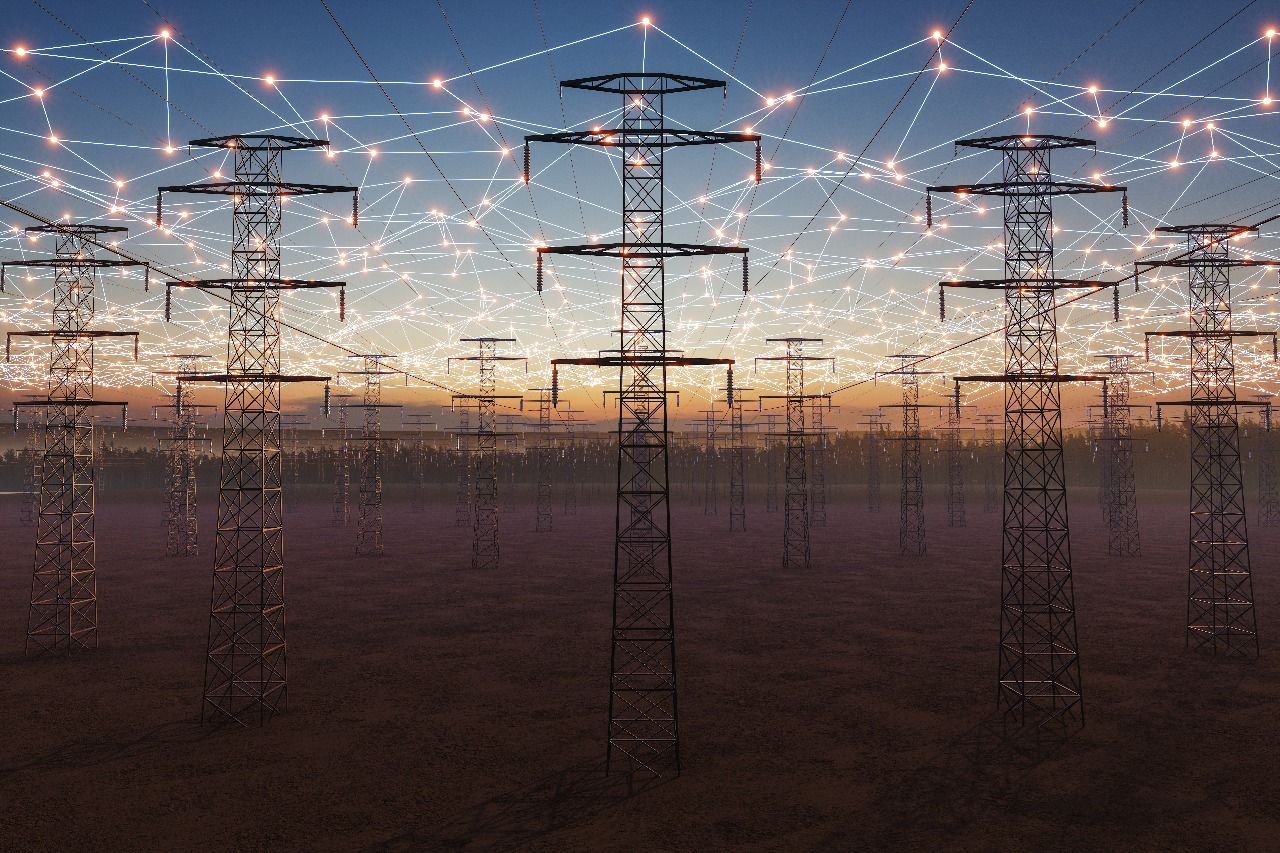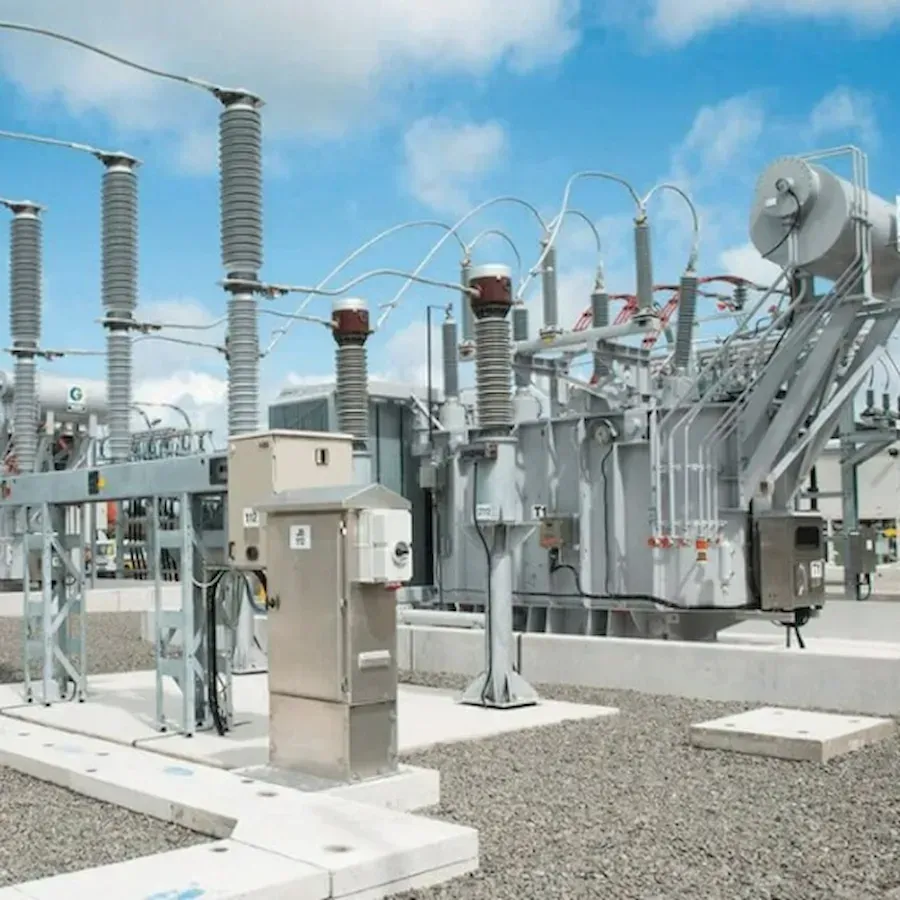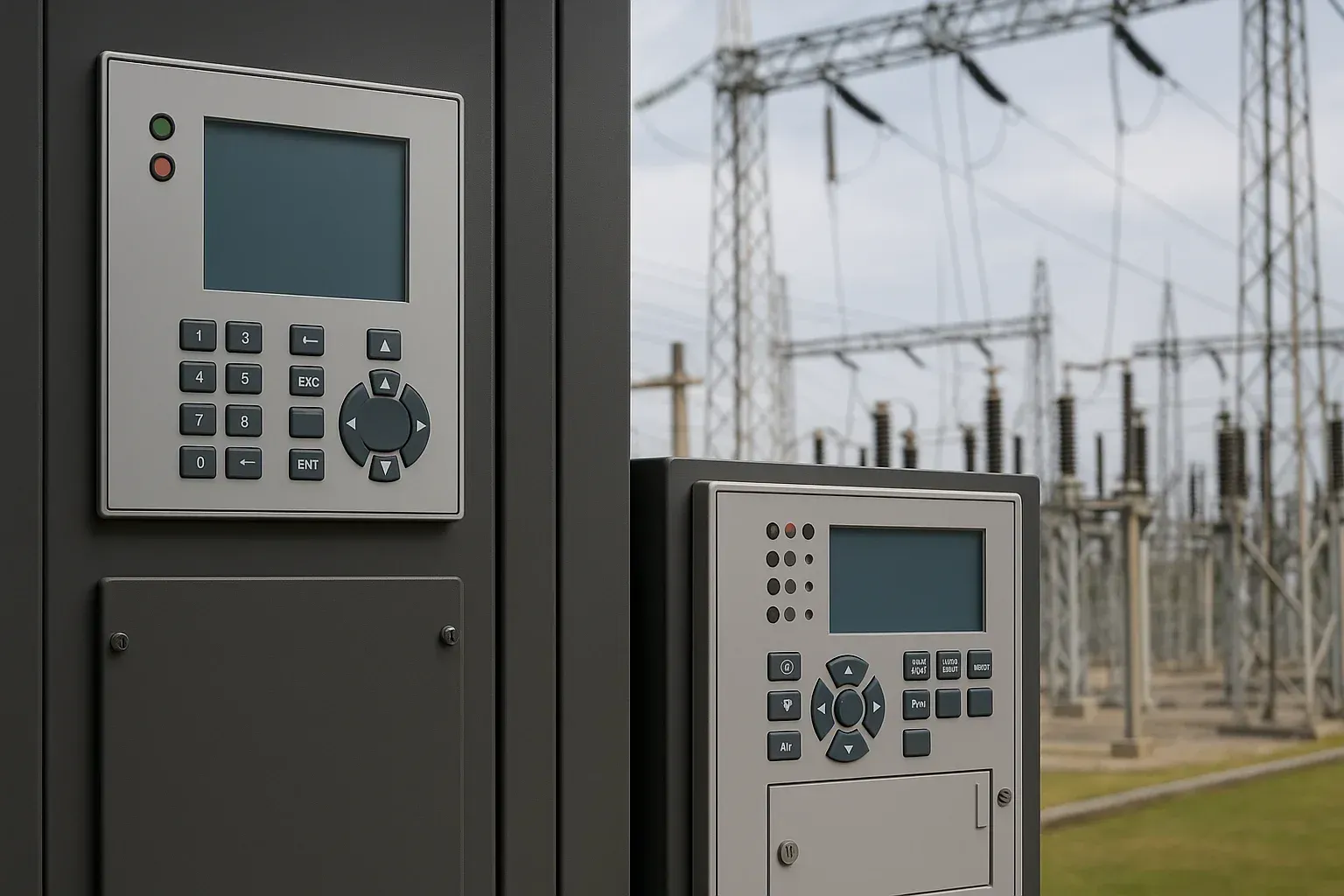A Coordinated Electric System Interconnection Review—the utility’s deep-dive on technical and cost impacts of your project.
Challenge: Frequent false tripping using conventional electromechanical relays
Solution: SEL-487E integration with multi-terminal differential protection and dynamic inrush restraint
Result: 90% reduction in false trips, saving over $250,000 in downtime
NERC MOD-026-2 & MOD-027 | Generator Model Verification Guide
August 25, 2025 | Blog
The North American Electric Reliability Corporation (NERC) has introduced Reliability Standard MOD-026-2 as part of Project 2020-06, Verifications of Models and Data for Generators. This standard builds upon MOD-026-1 and MOD-027-1, integrating their requirements into a comprehensive framework for verification of dynamic models representing synchronous machines, inverter-based resources (IBRs), high-voltage direct current (HVDC) facilities, and flexible alternating current transmission systems (FACTS). The evolution of this standard reflects both the increasing penetration of IBRs and lessons learned from system disturbances, including the Odessa events.
This article provides a structured technical analysis of NERC MOD-026-2 compliance, its rationale, implications for stakeholders, and its expected impact on reliability, resilience, and security of the Bulk Electric System (BES).
Introduction
Dynamic modeling of generation and transmission equipment underpins the ability of planners and operators to assess grid reliability. Inaccuracies in models—particularly those that omit protection functions or rely on default parameters—have contributed to misrepresentation of facility performance during disturbances.
The introduction of MOD-026-2 addresses these challenges by requiring validated positive sequence models and electromagnetic transient (EMT) models across applicable facilities, with structured verification processes that improve industry consistency.
Background and Development of MOD-026-2
The Inverter-Based Resource Performance Task Force (IRPTF) identified significant modeling gaps in NERC MOD-026-1 and MOD-027-1, particularly for inverter-based resources (IBRs). Their findings, approved in 2020, prompted revisions to explicitly require verified dynamic models for both synchronous and non-synchronous facilities.
Key drivers included
- Growing reliance on IBRs providing reactive power support.
- Lessons from large-scale disturbance analyses, where incomplete or inaccurate models reduced reliability of planning studies.
- The need to align with NERC MOD-032 data requirements and emerging FERC directives.
The new NERC MOD-026-2 standard consolidates MOD-026-1 and MOD-027-1, retiring the latter while expanding scope to cover synchronous generators, IBRs, HVDC systems, and FACTS devices.
Related Service:
NERC Compliance Services
Applicability to Functional Entities
Four functional entities are directly impacted by MOD-026-2 compliance
- Generator Owners (GO): Provide verified models that accurately reflect in-service equipment.
- Transmission Owners (TO): Supply validated models for transmission-connected devices.
- Transmission Planners (TP): Define model requirements, review submissions, and ensure usability.
- Planning Coordinators (PC): Collaborate with TPs to establish verification processes and ensure compliance.
This framework ensures all models feeding power system studies are validated, accepted, and disseminated with transparency.
Learn more: Power System Studies by Keentel
Facilities Applicability and BES/BPS Scope
Applicability of NERC MOD-026-2 follows the Bulk Electric System (BES) definition, specifically Inclusion I2, I4, and I5 for generators and dynamic reactive devices. HVDC facilities are also included.
Importantly, the standard extends coverage to unregistered inverter-based resources (IBRs), consistent with FERC Order 901, ensuring that the Bulk Power System (BPS) is represented comprehensively. This prevents gaps between BES compliance and the broader BPS reliability framework.
Related Reading:
ERCOT & NERC Compliance Consulting

Technical Rationale for NERC MOD-026-2 Requirements
The NERC MOD-026-2 standard introduces detailed requirements to ensure that dynamic models used in planning and reliability studies accurately represent generator and inverter-based resource (IBR) behavior. Each requirement addresses gaps identified in earlier standards (MOD-026-1 and MOD-027-1) and strengthens compliance for the Bulk Electric System (BES).
Requirement R1 – Model Verification Requirements and Processes
R1 mandates that Transmission Planners (TPs) and Planning Coordinators (PCs) jointly establish verification requirements and processes.
- Part 1.1: Incorporates NERC MOD-032 specifications including software versioning, accepted formats, and documentation standards.
- Part 1.2: Expands requirements to include electromagnetic transient (EMT) models for IBRs, FACTS, and HVDC systems, with precise definitions for time-step ranges, PLL modeling, and real-code fidelity.
- Part 1.3: Establishes acceptance criteria for usability, interoperability, and initialization based on industry best practices.
- Parts 1.4–1.6: Define submittal workflows, PC/TP integration, and secure access for Generator Owners (GOs) and Transmission Owners (TOs) to retrieve approved models.
Requirement R2 – Verified Positive Sequence Dynamic Models
GOs and TOs must provide verified positive sequence dynamic models, validated against field data. Key elements include:
- Verification of excitation system gains, governor droops, and plant controller settings.
- Explicit inclusion of protection and limiting functions within the model.
- Structured model requirements documented in Attachment 1 (Tables 1.1 and 1.2).
- Periodic revalidation required at least every 10 years, or sooner if facility modifications occur.
This closes critical gaps exposed during events like the Odessa disturbance, where incomplete IBR models misrepresented behavior under stress.
Requirement R3 – EMT Model Verification for Inverter-Based Resources
R3 introduces one of the most impactful changes: mandatory EMT model verification for IBRs. Positive sequence models alone cannot capture:
- Unbalanced fault conditions
- Fast-acting protection operations
- Weak-grid and low-inertia phenomena
EMT verification ensures:
- Real-code fidelity benchmarked against OEM device tests.
- Accurate aggregate plant models, including plant power controllers (PPC) and auxiliary systems.
- Large-disturbance simulations (faults, ROCOF, phase angle jumps, temporary over-voltages) that validate positive sequence models.
Requirement R4 – Facility Modifications
Whenever facilities are modified or upgraded, updated models must be resubmitted to reflect revised dynamic performance. This ensures planning studies remain accurate post-modification.
Requirement R5 – Transmission Planner Review
Transmission Planners are required to review all submissions and provide formal acceptance or rejection with clear technical justification. This enhances transparency and eliminates ambiguity in compliance.
Requirement R6 – Owner Response
Generator Owners (GOs) and Transmission Owners (TOs) must respond to denial notices with either:
- Updated verified models, or
- Technical justification supporting the submitted model.
This iterative feedback loop ensures model accuracy and consistent reliability across the Bulk Power System (BPS).
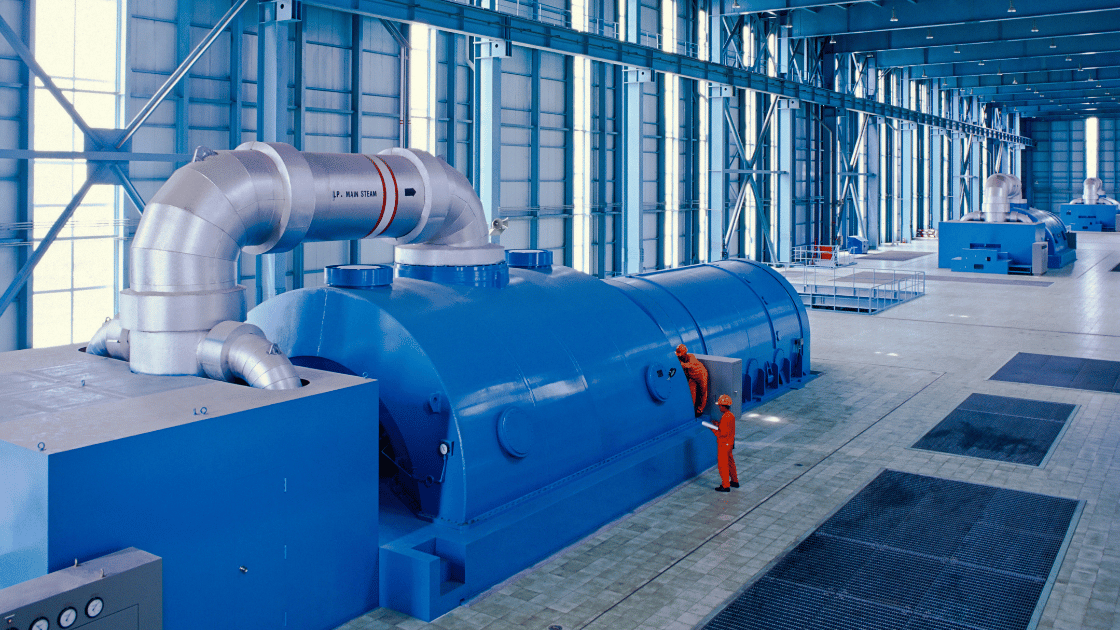
Attachment 1: Required Model Components
- Table 1.1 (Synchronous Machines): Excitation systems, turbine governors, limiters, and protection models.
- Table 1.2 (IBRs, FACTS, HVDC): Plant controllers, active and reactive power control systems, and protections.
By explicitly requiring protection modeling, NERC MOD-026-2 closes critical reliability gaps where improperly tuned relays could prematurely trip generators during system disturbances.
Attachment 2: Periodicity and Validation Guidance
- Row 12: Provides additional clarity on turbine-governor model validation, aligning with established NERC guidance.
- Row 13: Grants exemptions for synchronous units with capacity factors ≤5% over a three-year period, though IBRs remain fully subject to validation requirements.
- Introduces uniform periodicity requirements — no longer than 10 years, with shorter cycles if significant equipment modifications occur.
This ensures that all generator and IBR models reflect current operational characteristics.
Protection Systems Modeling
The standard emphasizes the inclusion of protection system elements such as frequency relays, voltage relays, and speed relays.
- Past reliability events have shown that protection settings based solely on equipment ratings—rather than grid stability considerations—can worsen disturbances.
- By modeling protections explicitly, planners and operators can better anticipate cascading risks and ensure compliance with PRC-024 and PRC-026 reliability standards.
Retirement of MOD-027-1 and Consolidation
MOD-027-1 requirements (governor and frequency response model verification) are now fully embedded within MOD-026-2.
This reduces redundancy, providing a single, integrated framework that covers excitation, governor, and frequency response modeling requirements.
The consolidation also streamlines compliance reporting, making the process clearer for Generator Owners (GOs) and Transmission Planners (TPs).
Implications for Power System Planning and Reliability
The technical advances in MOD-026-2 compliance provide several industry benefits:
- Improved accuracy of planning models through verified EMT and positive sequence model benchmarks.
- Enhanced IBR representation, addressing weaknesses of older generic models.
- Regional consistency with standardized modeling tables and validation periodicity.
- Risk mitigation against protection-driven tripping during major grid disturbances.
For Generator Owners, compliance will require closer collaboration with OEMs to secure real-code EMT models and support field validation testing.
For Transmission Planners, updated review and acceptance processes will demand stronger coordination and model review capabilities.
Conclusions
NERC MOD-026-2 compliance represents a major evolution in generator model verification standards, directly addressing industry challenges with inverter-based resource (IBR) integration and lessons learned from past reliability events.
By consolidating requirements, introducing an explicit EMT model mandate, and implementing a structured verification framework, MOD-026-2 provides a stronger foundation for future power system planning and operational studies.
As the penetration of renewable and inverter-based technologies continues to rise, MOD-026-2 will play a pivotal role in ensuring that the North American Bulk Power System (BPS) remains reliable, resilient, and secure.
Keentel Engineering supports utilities, developers, and Generator Owners with model validation, EMT compliance, and NERC audit readiness. Learn more about our NERC Compliance Services to stay ahead of regulatory deadlines and protect your grid reliability.
Frequently Asked Questions – NERC MOD-026-2 Compliance
1. What is the primary purpose of MOD-026-2?
The goal of NERC MOD-026-2 is to ensure that dynamic models for generators, inverter-based resources (IBRs), HVDC, and FACTS accurately reflect in-service performance. This improves grid reliability, stability studies, and consistency across planning regions.
2. How does MOD-026-2 differ from MOD-026-1?
Unlike MOD-026-1, the updated standard:
- Expands scope to include IBRs, HVDC, and FACTS devices
- Introduces mandatory EMT (Electromagnetic Transient) models
- Requires explicit protection system modeling
- Provides structured verification tables for uniform compliance.
3. Why was MOD-027-1 retired?
Its requirements for governor and frequency response model verification were integrated into MOD-026-2. This consolidation reduces redundancy and unifies verification standards.
4. Who must comply with MOD-026-2?
The following entities are responsible:
- Generator Owners (GOs)
- Transmission Owners (TOs)
- Transmission Planners (TPs)
- Planning Coordinators (PCs)
5. What facilities are covered?
The standard applies to:
- BES facilities meeting Inclusions I2, I4, and I5
- Dynamic reactive devices (e.g., FACTS)
- HVDC facilities
- Unregistered IBRs under FERC Order 901
6. What are positive sequence models?
They are simplified RMS dynamic models representing generator behavior, historically used in planning studies. While essential, they cannot capture complex IBR behaviors alone.
7. Why are EMT models required under MOD-026-2?
Because EMT models capture fast, nonlinear, and unbalanced fault conditions that positive sequence models miss. They ensure real-code fidelity and accurate benchmarking.
8. What disturbances must EMT models simulate?
At a minimum:
- Balanced and unbalanced faults
- Rate of Change of Frequency (ROCOF)
- Phase angle jumps
- Temporary over-voltages
- Weak-grid scenarios
9. How often must models be validated?
At least once every 10 years — or sooner if equipment modifications occur.
10. What parameters are verified?
Key parameters include exciter gains, governor droops, limiter thresholds, plant controller settings, and protection functions.
11. Why is protection modeling critical?
Past events (e.g., Odessa disturbances) showed that protection-driven tripping can worsen system instability. MOD-026-2 requires explicit modeling of relays and limiters to prevent this.
12. How are synchronous machines modeled?
Per Attachment 1, Table 1.1, models must include excitation systems, governors, limiters, and protection elements.
13. How are IBRs modeled?
Per Attachment 1, Table 1.2, IBR models must include plant controllers, active/reactive power controls, and protection systems.
14. What happens if a model submission is denied?
Transmission Planners must provide justification. The GO/TO must then resubmit an updated model or provide technical evidence supporting the original submission.
15. How does MOD-026-2 align with MOD-032?
It references MOD-032 model specifications to ensure compatibility and consistency with system-wide studies.
16. Are low-capacity-factor units exempt?
Yes — synchronous units with a ≤5% capacity factor over three years may be exempt from certain validation tests. However, IBRs are not exempt.
17. How does MOD-026-2 improve industry consistency?
By introducing structured verification tables, uniform validation periodicity, and standardized processes across all entities.
18. What is the role of the Planning Coordinator (PC)?
PCs collaborate with Transmission Planners to establish requirements, oversee processes, and ensure validated models are properly disseminated.
19. Why benchmark positive sequence models against EMT?
Benchmarking ensures that RMS models accurately represent nonlinear and fast dynamic behaviors captured by EMT simulations.
20. What does MOD-026-2 mean for Generator Owners?
Generator Owners must:
- Work closely with OEMs to secure real-code EMT models
- Perform periodic validation
- Include protections and site-specific settings in all model submissions
- Maintain compliance evidence for NERC audits.
Stay Ahead of MOD-026-2 Compliance with Keentel Engineering
NERC MOD-026-2 introduces stricter model verification, EMT requirements, and protection system modeling — making compliance more complex than ever. Whether you’re a Generator Owner, Transmission Owner, or Planner, missing these requirements can delay approvals, trigger costly resubmissions, or even expose you to reliability penalties.
Keentel Engineering provides end-to-end support for
- Verified positive sequence and EMT model development
- OEM coordination for real-code fidelity and benchmark testing
- Protection and relay model integration for IBRs and synchronous machines
- Audit-ready compliance packages aligned with NERC, MOD-032, and PRC standards
Explore our services:
NERC Compliance Services |
Power System Studies |
Substation Design Services

About the Author:
Sonny Patel P.E. EC
IEEE Senior Member
In 1995, Sandip (Sonny) R. Patel earned his Electrical Engineering degree from the University of Illinois, specializing in Electrical Engineering . But degrees don’t build legacies—action does. For three decades, he’s been shaping the future of engineering, not just as a licensed Professional Engineer across multiple states (Florida, California, New York, West Virginia, and Minnesota), but as a doer. A builder. A leader. Not just an engineer. A Licensed Electrical Contractor in Florida with an Unlimited EC license. Not just an executive. The founder and CEO of KEENTEL LLC—where expertise meets execution. Three decades. Multiple states. Endless impact.
Services

Let's Discuss Your Project
Let's book a call to discuss your electrical engineering project that we can help you with.

About the Author:
Sonny Patel P.E. EC
IEEE Senior Member
In 1995, Sandip (Sonny) R. Patel earned his Electrical Engineering degree from the University of Illinois, specializing in Electrical Engineering . But degrees don’t build legacies—action does. For three decades, he’s been shaping the future of engineering, not just as a licensed Professional Engineer across multiple states (Florida, California, New York, West Virginia, and Minnesota), but as a doer. A builder. A leader. Not just an engineer. A Licensed Electrical Contractor in Florida with an Unlimited EC license. Not just an executive. The founder and CEO of KEENTEL LLC—where expertise meets execution. Three decades. Multiple states. Endless impact.
Leave a Comment
We will get back to you as soon as possible.
Please try again later.



